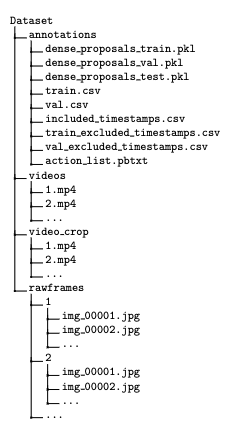举个例子:
class A {
var num: Int
required init(num: Int) {
self.num = num
}
}
class B: A {
func haveFun() {
println("Woo hoo!")
}
}
我已经根据需要标记了A的init函数.这是什么意思?我在子类B中完全省略它,编译器根本就不会抱怨.那怎么需要呢?
见
“Automatic Initializer Inheritance”:
Rule 1 If your subclass doesn’t define any designated initializers,it
automatically inherits all of its superclass designated initializers.Rule 2 If your subclass provides an implementation of all of its
superclass designated initializers—either by inheriting them as per
rule 1,or by providing a custom implementation as part of its
definition—then it automatically inherits all of the superclass
convenience initializers.
在你的例子中,B子类没有自己定义任何初始化器,因此它是
从A继承所有初始化器,包括所需的初始化程序.
如果B仅定义方便的初始化器,则也是如此
(现已更新为Swift 2):
class B: A {
convenience init(str : String) {
self.init(num: Int(str)!)
}
func haveFun() {
print("Woo hoo!")
}
}
但是如果子类定义了任何指定的(=非便利)初始化器,那么它就可以了
不再继承超类初始化器了.特别是所需的
初始化程序不是继承的,所以这不编译:
class C: A {
init(str : String) {
super.init(num: Int(str)!)
}
func haveFun() {
print("Woo hoo!")
}
}
// error: 'required' initializer 'init(num:)' must be provided by subclass of 'A'
如果从A的init方法中删除所需的,那么C类编译也.






